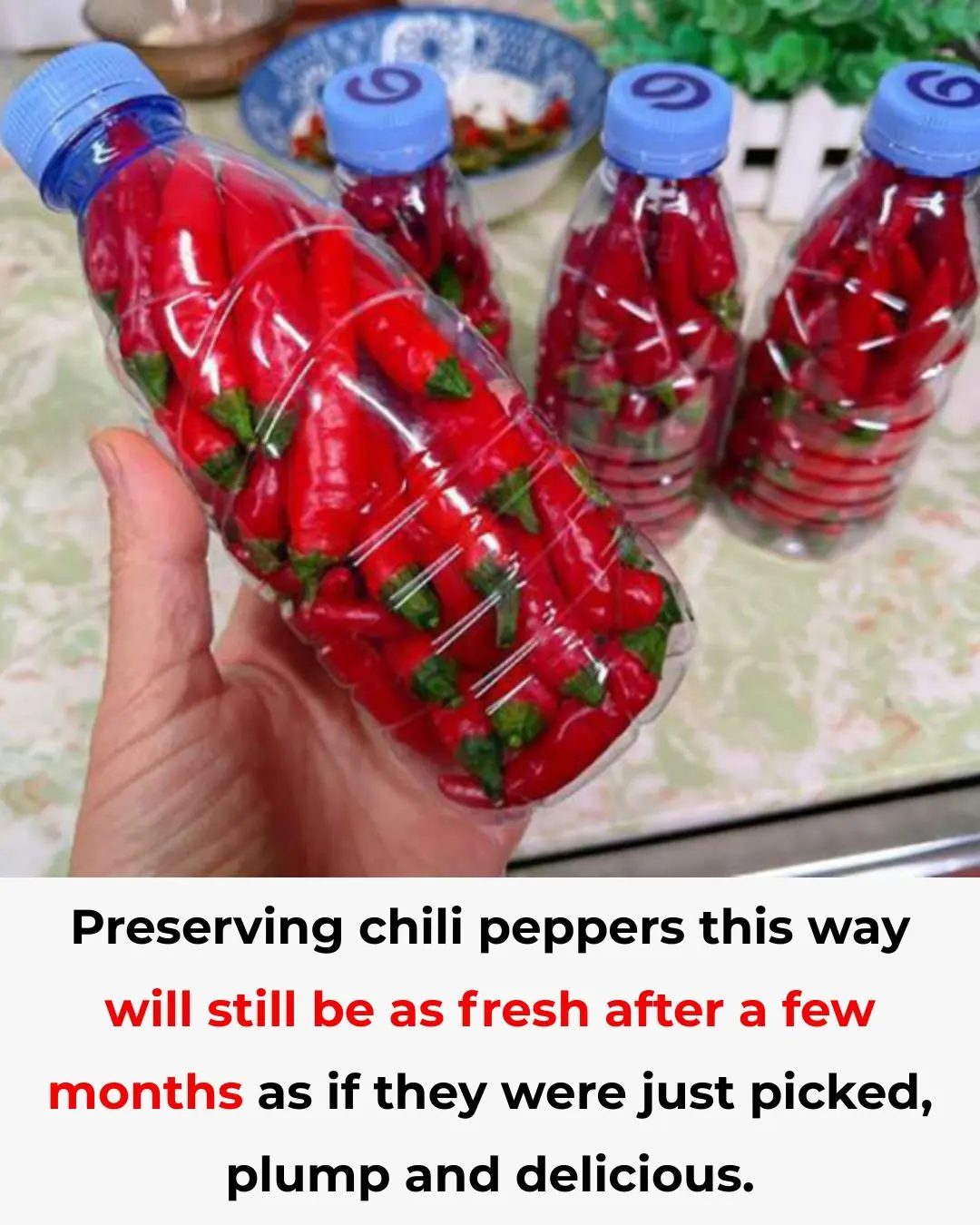
You’re doing it all wrong. Here’s the right way to wash your blender

A blender is one of the most versatile and beloved tools in the kitchen. From creamy smoothies and hearty soups to nut butters and sauces, it can create an impressive range of dishes in mere seconds. Yet, despite its convenience, one task continues to frustrate many home cooks — cleaning it afterward.
Residue, odors, and stains can quickly build up if the blender isn’t cleaned properly, shortening its lifespan and compromising hygiene. Fortunately, cleaning your blender doesn’t have to be tedious or time-consuming. With the right approach, you can keep it spotless, odor-free, and running smoothly for years.
Let’s dive into the best practices for cleaning your blender, common mistakes to avoid, and clever tricks to make maintenance effortless.
🧼 1. The Importance of Proper Blender Cleaning
Keeping your blender clean isn’t just about aesthetics — it’s a matter of hygiene, safety, and performance. Leftover food particles can harbor bacteria, causing unpleasant smells and potential health risks. This is especially true if you use your blender for raw foods, like leafy greens, eggs, or protein shakes.
Over time, residue buildup can dull the blades, cloud the jar, and even affect motor performance. Proper cleaning ensures your blender stays sharp, smooth, and efficient. It also prevents flavor cross-contamination, so your refreshing mango smoothie doesn’t carry traces of yesterday’s garlic pesto.
In short: a clean blender equals better taste, better hygiene, and longer life for your appliance.
⚠️ 2. Why You Should Never Scrub the Blades
One of the most common — and dangerous — cleaning mistakes is scrubbing the blades with a sponge or brush. Blender blades are razor-sharp, and direct contact can easily cause cuts.
Beyond safety concerns, scrubbing can wear down the blade’s edges, reducing their sharpness and making your blender less effective. Instead, let the machine do the work for you using the self-cleaning method (explained below). It’s safer, faster, and better for your blades.
💡 Pro Tip: If stubborn residue builds up around the blades, pour in a small amount of warm vinegar-water solution and blend for 15 seconds before rinsing. It breaks down grease without damaging the metal.
🌊 3. The Self-Cleaning Method — Simple and Effective
This is hands down the easiest and safest way to clean your blender after every use.
Here’s how to do it:
-
Fill the jar halfway with warm water.
-
Add a few drops of dish soap.
-
Secure the lid tightly.
-
Run the blender on high speed for 30 seconds.
The swirling action scrubs every corner — blades, lid, and sides — removing stuck-on food without you lifting a finger.
Afterward, pour out the soapy water and rinse thoroughly with clean water until all residue is gone. Your blender will look and smell brand new.
💧 Extra Step: For an even deeper clean, blend a mixture of warm water and a teaspoon of white vinegar once a week. This helps dissolve mineral buildup and eliminates lingering odors.
🚿 4. Immediate Rinsing: The Secret to Easy Cleaning
Timing is everything. The best way to avoid stubborn residue is to rinse your blender immediately after use.
Fill the jar with warm water, swirl it around, and pour it out. This prevents ingredients — especially sticky ones like nut butter, banana, or protein powder — from drying and adhering to the blades.
Taking 20 seconds to rinse now saves 10 minutes of scrubbing later. It’s the easiest way to make cleaning effortless.
🧴 5. Avoid the Dishwasher: Hand-Wash for Longevity
While some blender jars are labeled dishwasher-safe, it’s best to avoid dishwashers for plastic jars. The combination of high heat and harsh detergents can cause clouding, warping, or cracking over time.
Instead, wash your blender by hand with warm soapy water and a soft sponge. Focus on the lid, handle, and corners where residue tends to hide. Rinse well and dry immediately.
💡 If your blender has a glass jar, check the manufacturer’s instructions — glass models are often more dishwasher-tolerant but still benefit from gentle hand cleaning.
⚙️ 6. Cleaning the Blender Base Safely
Never immerse the blender base in water — it houses the motor. To clean it:
-
Unplug the blender first for safety.
-
Wipe down the exterior with a damp cloth and mild detergent.
-
For sticky residue around buttons, use a soft toothbrush or cotton swab.
Make sure no moisture seeps into the electrical components. Regular cleaning of the base keeps your blender looking sleek and prevents grime from building up around controls.
☀️ 7. Drying Techniques to Prevent Damage
Water can cause mold, rust, or odor if not properly dried. After cleaning:
-
Wipe the jar and lid with a clean, dry cloth.
-
Leave the jar upside down on a drying rack to drain moisture.
-
Use a dry towel to clean the base and power cord.
Ensure every part is fully dry before reassembling or storing your blender. Moisture trapped under the lid or blades can cause mildew or mineral spots.
🍋 8. Removing Stubborn Stains and Odors
If you frequently blend strong-smelling foods like garlic, turmeric, or onions, your blender might develop stains or odors over time. Fortunately, natural solutions work wonders:
-
Baking soda soak: Fill the jar with warm water and add 1 tablespoon of baking soda. Let it sit for 15–20 minutes, then rinse.
-
Lemon cleanse: Blend a few lemon slices with warm water to naturally deodorize and brighten the jar.
Repeat as needed — both remedies are safe, eco-friendly, and highly effective.
🛠️ 9. Regular Maintenance for a Longer Lifespan
Even the best blenders need occasional maintenance. Every few months, check the following:
-
Blades: If blending feels sluggish or uneven, the blades may need sharpening or replacement.
-
Rubber seals and gaskets: These prevent leaks; replace them if they show signs of cracking or wear.
-
Power cord: Ensure there are no frays or exposed wires.
Taking a few minutes to inspect these components keeps your blender in peak condition and prevents costly repairs down the line.
🌐 10. Viral Cleaning Hacks: Myths vs. Reality
The internet is full of viral blender-cleaning hacks — some genius, others risky. Let’s separate fact from fiction:
❌ Using uncooked rice to clean blades — can scratch and dull them.
❌ Harsh chemical cleaners — may damage plastic and leave toxic residue.
✅ Warm soapy water + baking soda + lemon — safe, natural, and effective.
Always stick with methods approved by your blender’s manufacturer. A quick check of your user manual ensures your cleaning routine supports — not harms — your appliance.
💡 11. Final Tips for Keeping Your Blender Pristine
-
Rinse immediately after every use.
-
Perform a quick self-clean cycle daily, and a deep clean weekly.
-
Handle blades carefully — never reach inside the jar with your hands.
-
Store the blender with the lid off to allow airflow and prevent musty odors.
-
Avoid overfilling — it makes cleaning harder and can damage the motor.
By turning these habits into a routine, you’ll keep your blender sparkling clean, odor-free, and ready to perform every time you need it.
🧽 In Summary
Cleaning your blender doesn’t have to be a chore. With a few smart habits — quick rinsing, gentle washing, and regular maintenance — you can keep it spotless in minutes. Treat your blender well, and it will reward you with years of reliable service, flawless smoothies, and perfectly pureed soups.
✨ A clean blender isn’t just about hygiene — it’s a small act of care that keeps your kitchen efficient, your meals delicious, and your mornings stress-free.
News in the same category

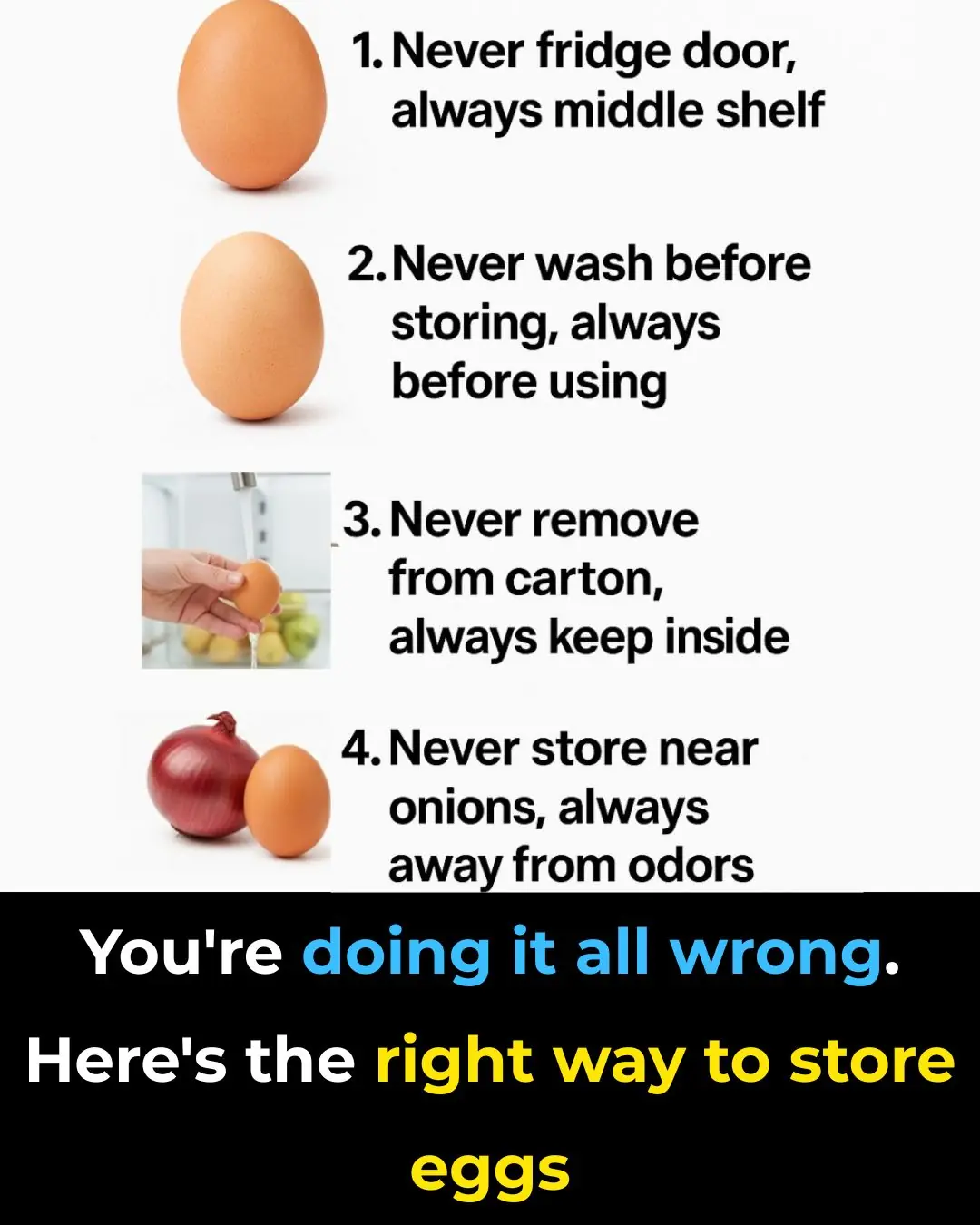
You’re doing it all wrong. Here’s the right way to store eggs

The reasons why public toilet doors don't touch the ground.
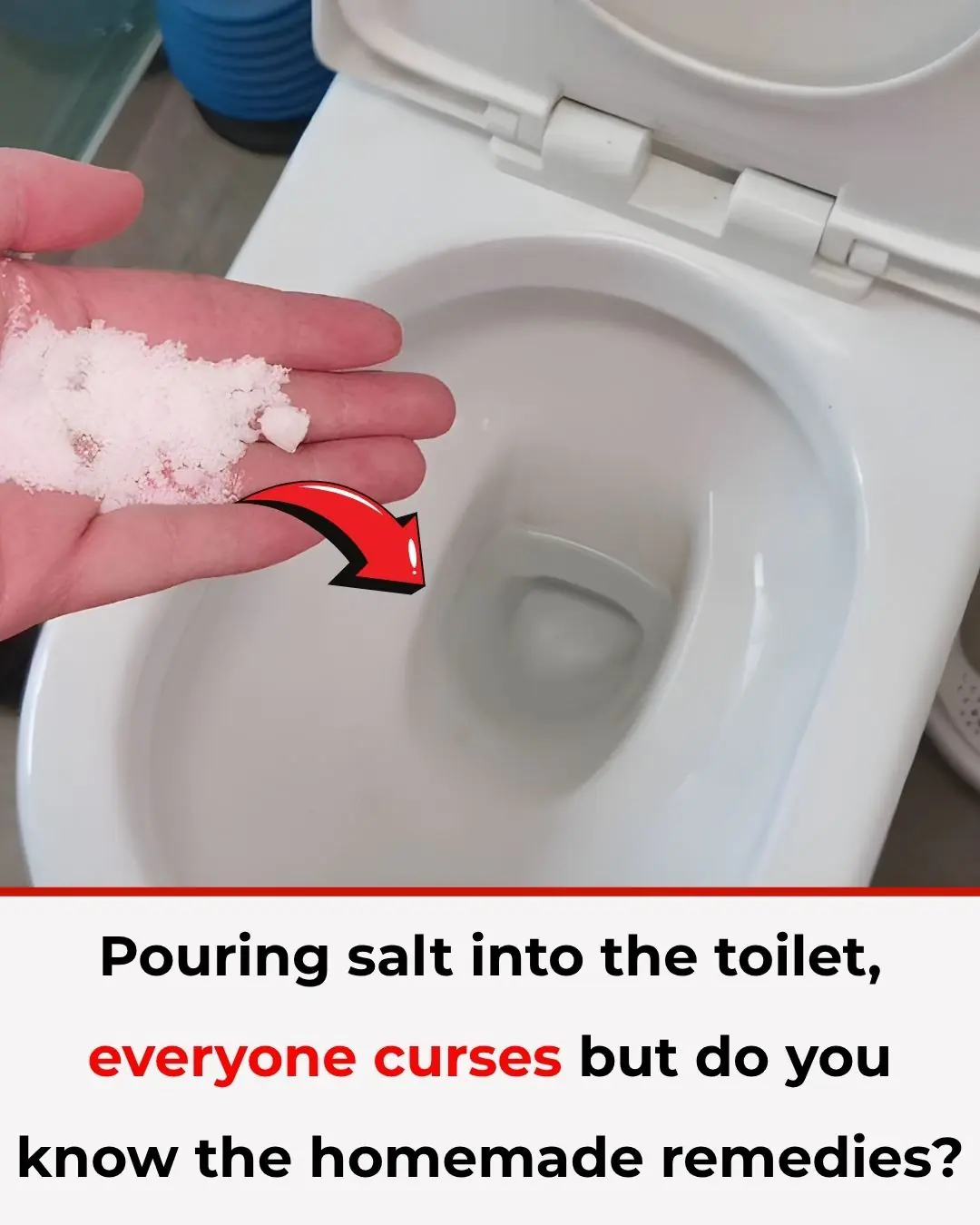
Pouring Salt into the Toilet: Everyone Thinks It’s Crazy, but Once You Know Its Benefits, You’ll Try It at Home Immediately
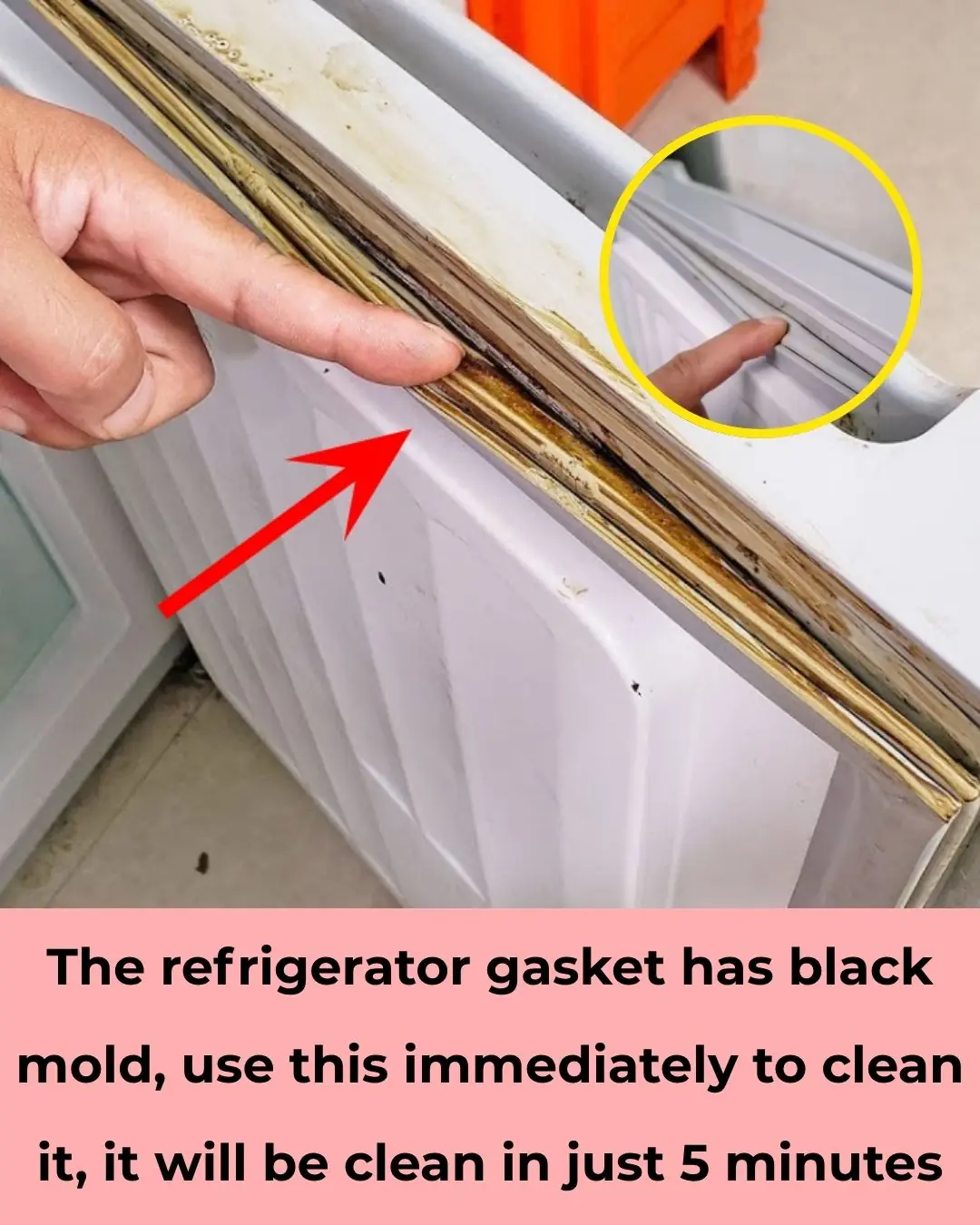
Black Mold on Refrigerator Seals? Use This Trick to Clean It in Just 5 Minutes
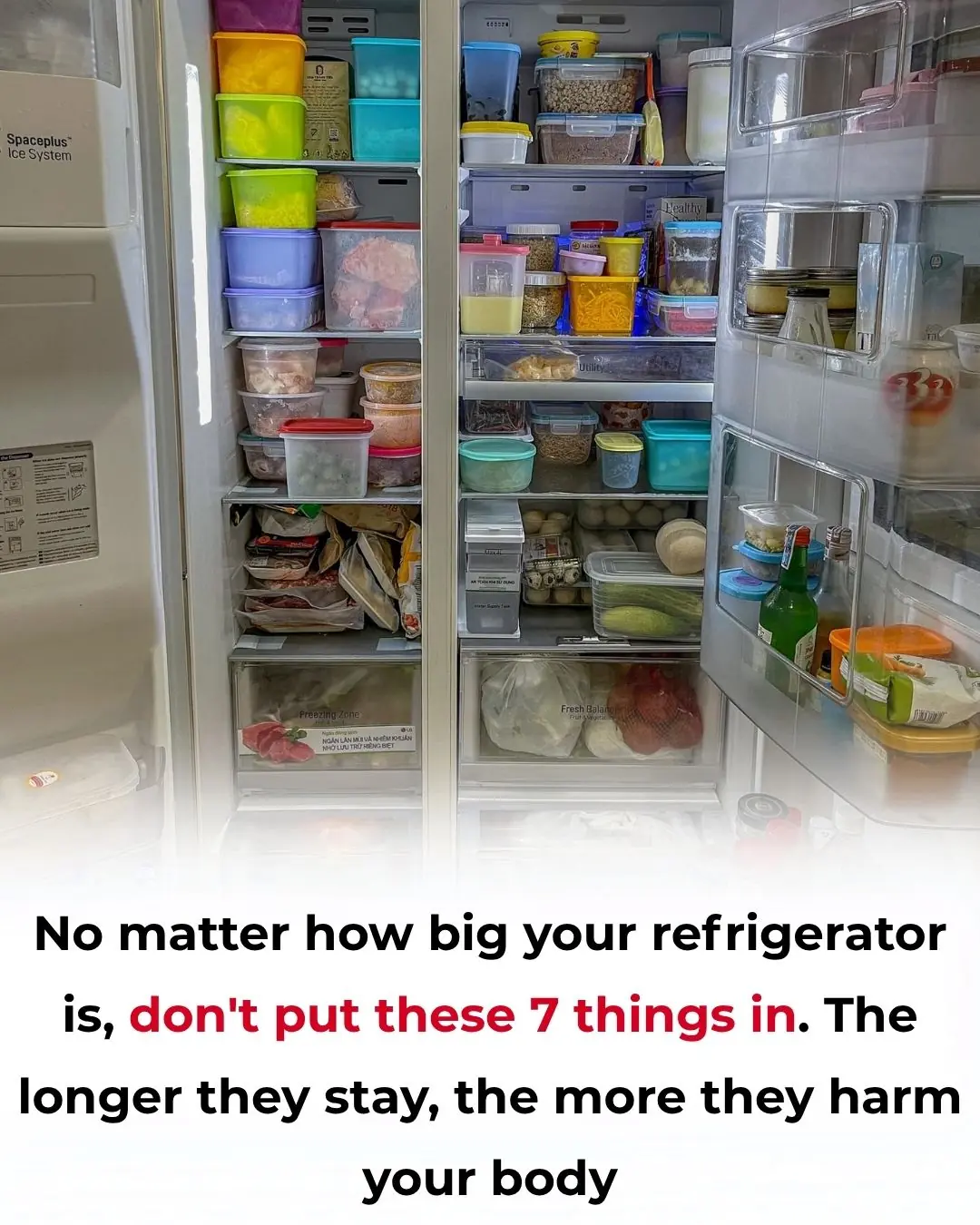
Don’t Ignore This: Check Your Fridge Now and Remove These 7 Items Before It’s Too Late

Why is that and the answer for those who don't know?

Why Do Flat Electrical Plugs Have Two Round Holes? The Hidden Function Is Brilliant
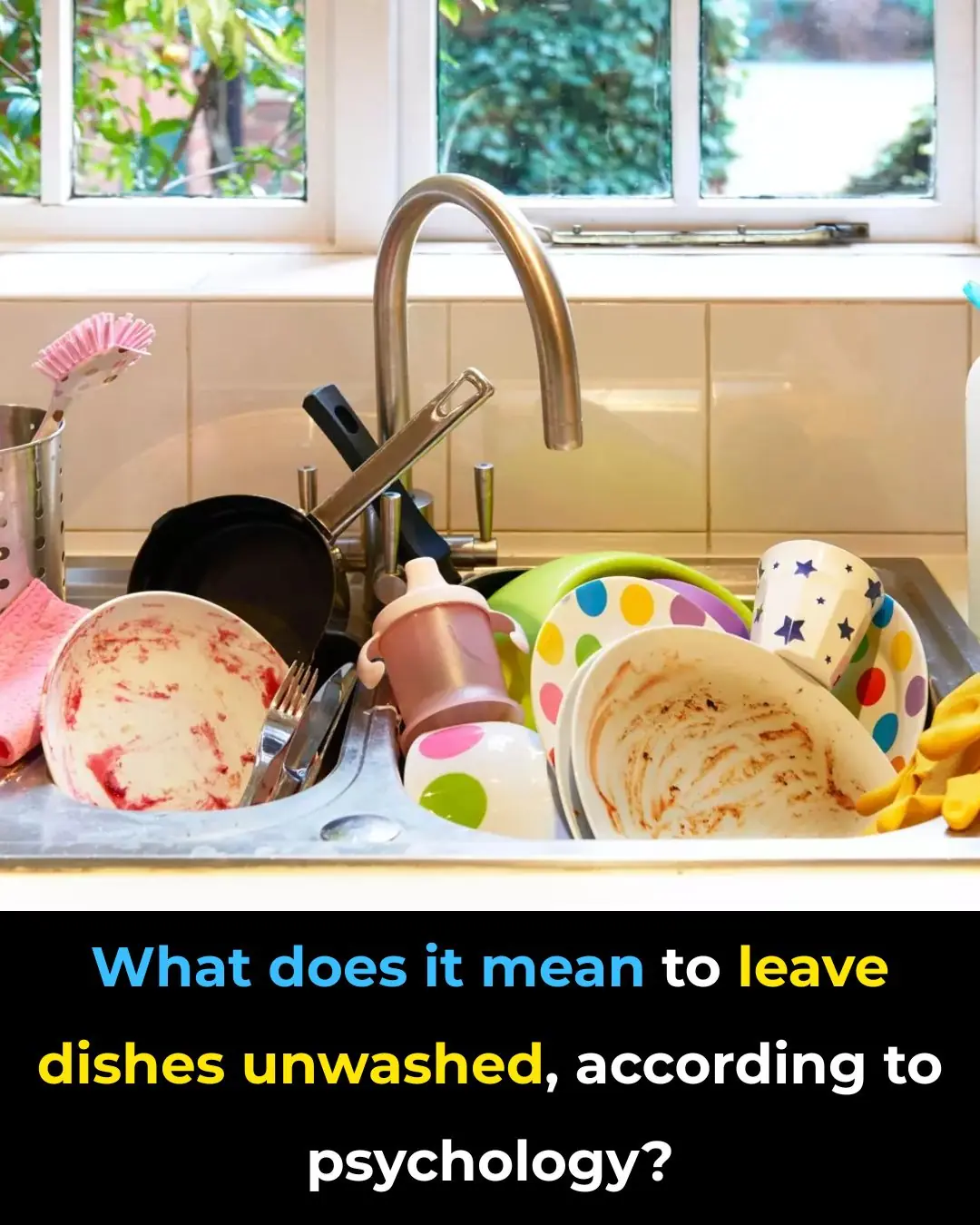
What Your Pile of Dirty Dishes Might Really Be Saying About You
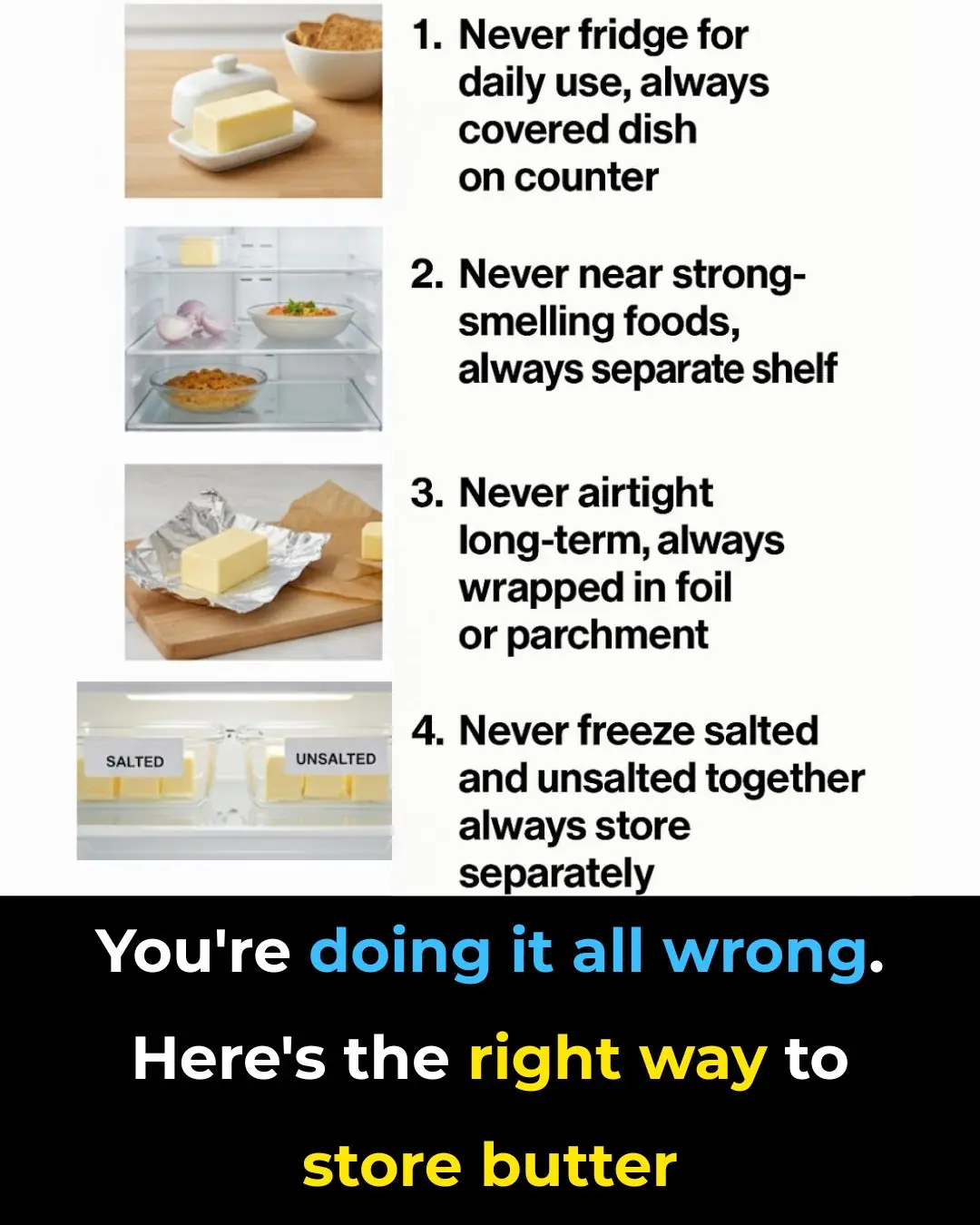
You're doing it all wrong. Here’s the right way to store butter
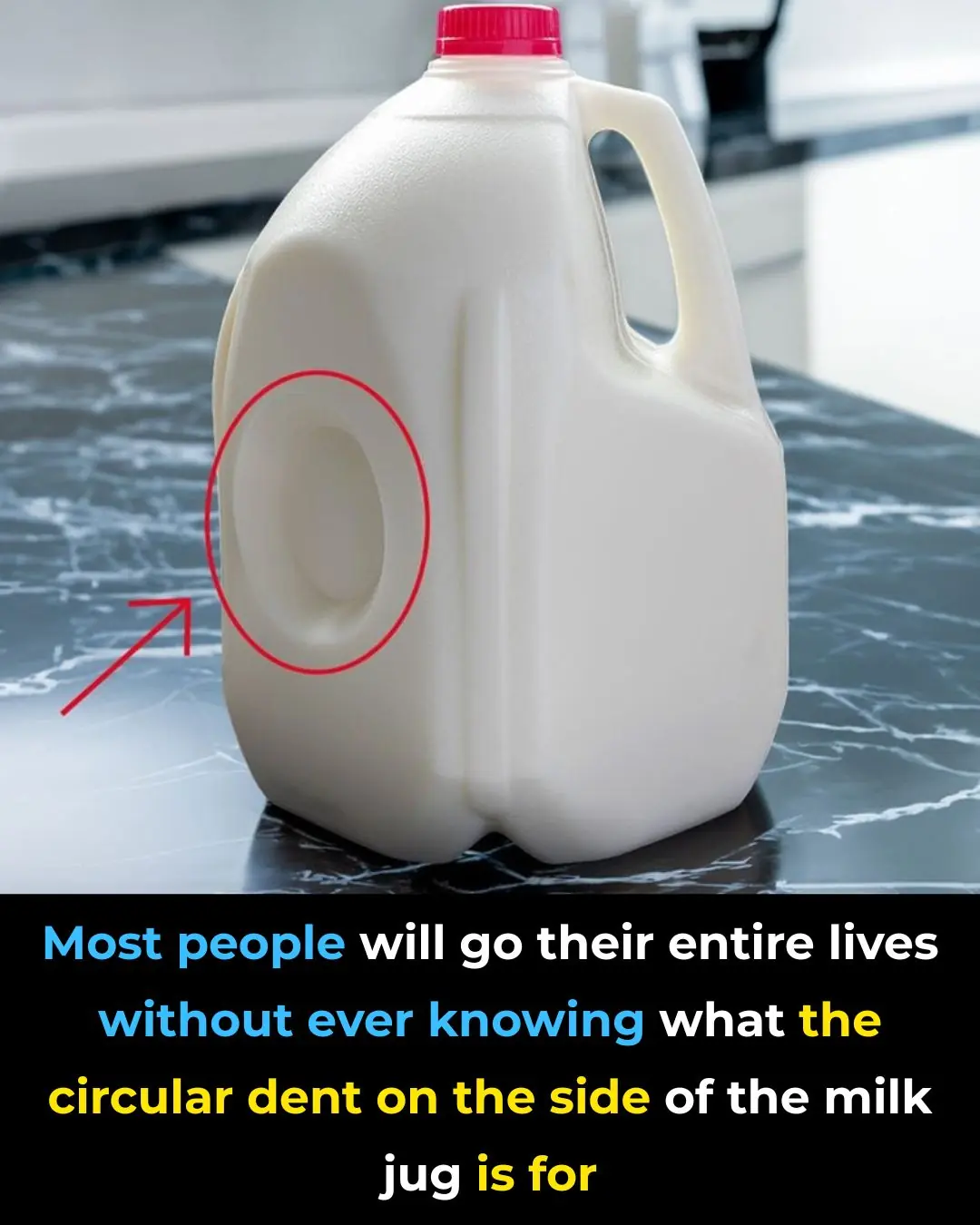
Why There’s a Dent in Your Milk Jug—and What It Actually Does
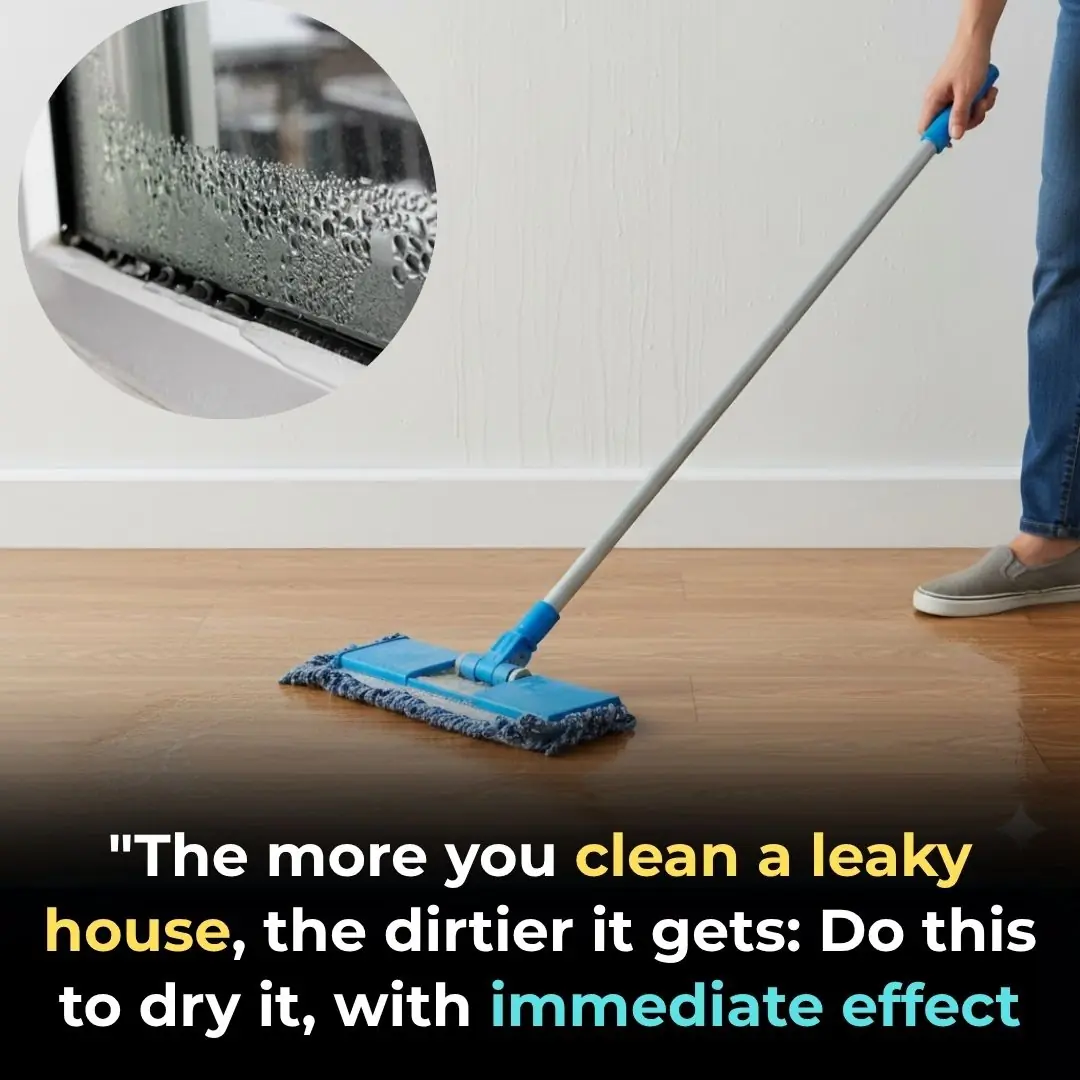
The more you clean a leaky house, the dirtier it gets: Do this to dry it, with immediate effect
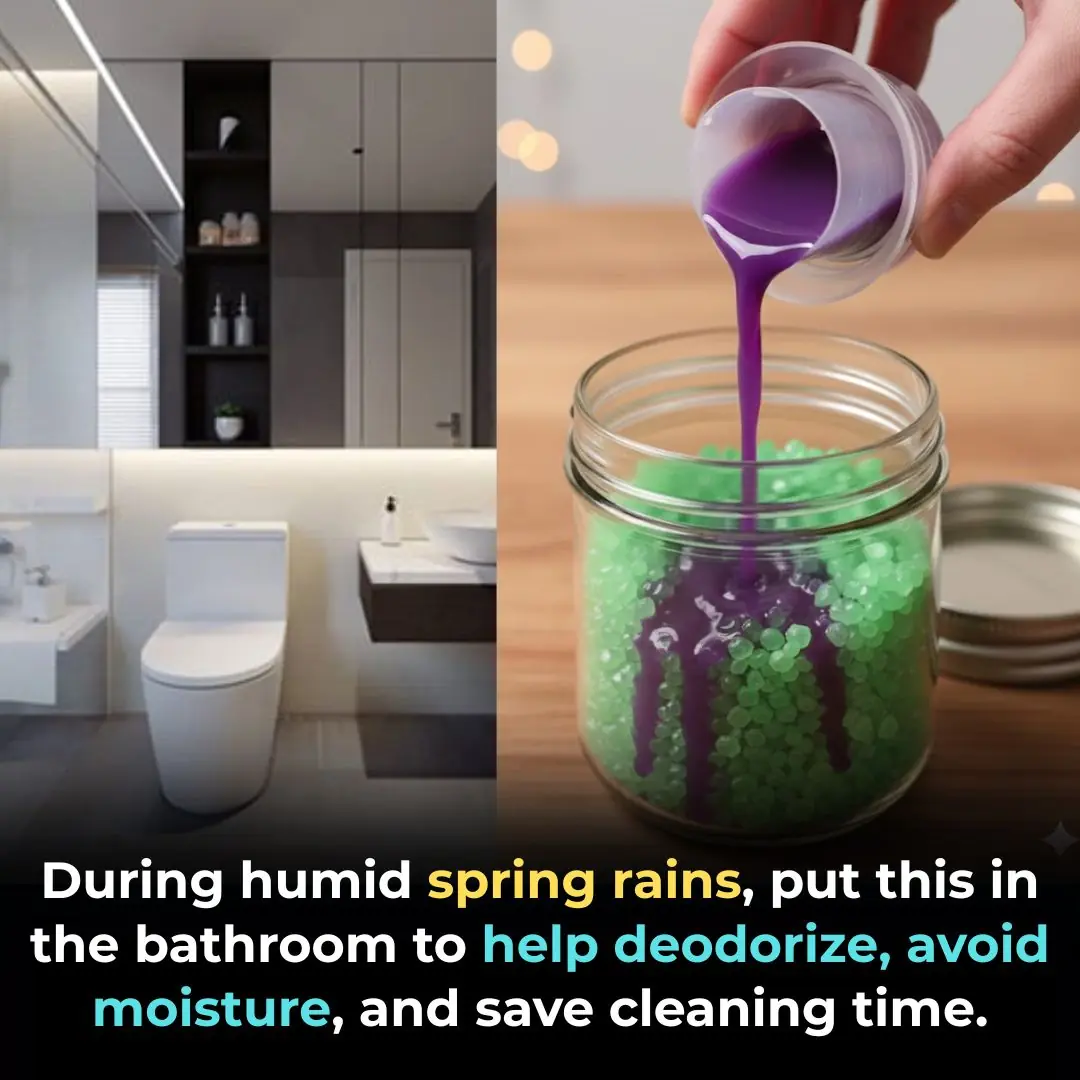
During humid spring rains, put this in the bathroom to help deodorize, avoid moisture, and save cleaning time.
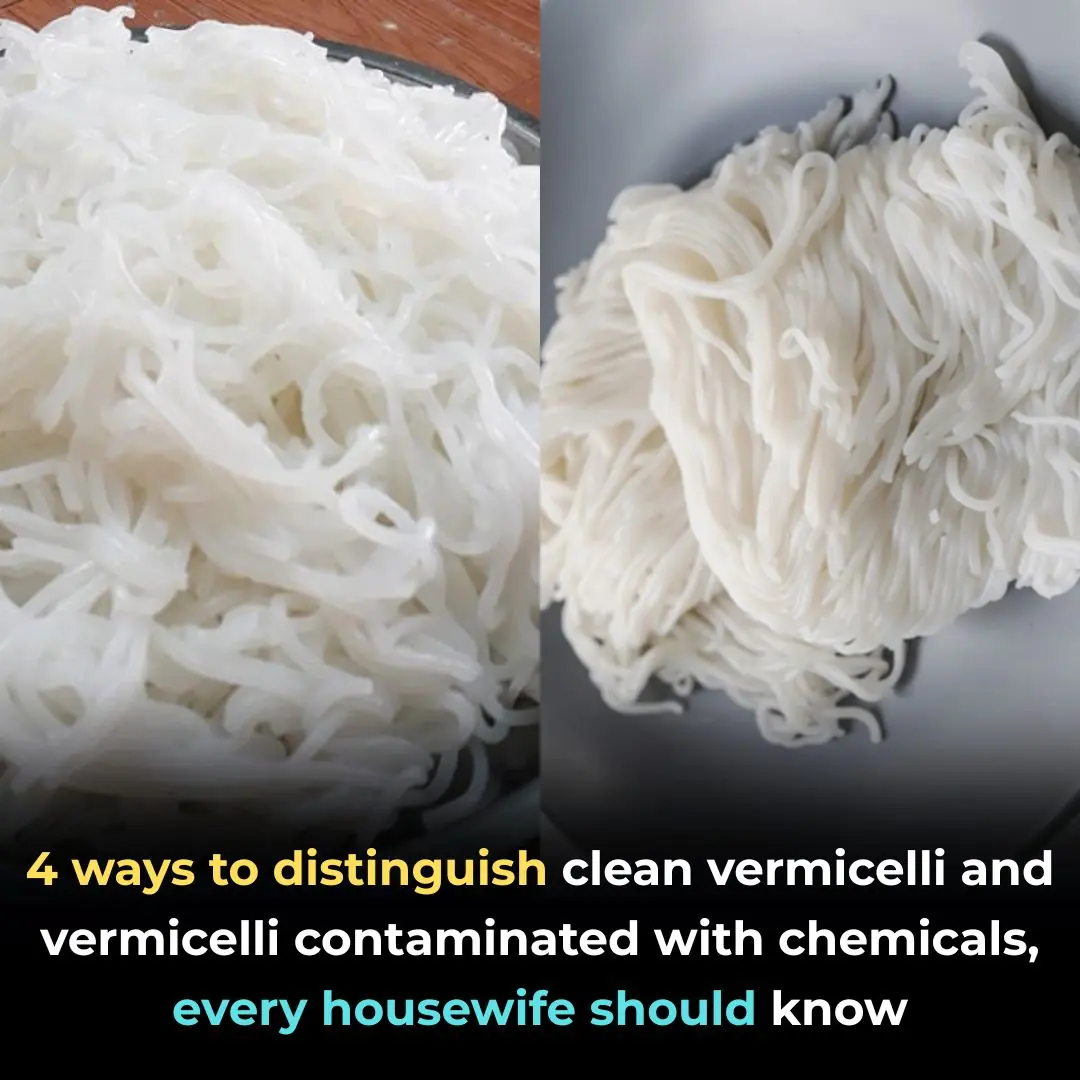
4 ways to distinguish clean vermicelli and vermicelli contaminated with chemicals, every housewife should know
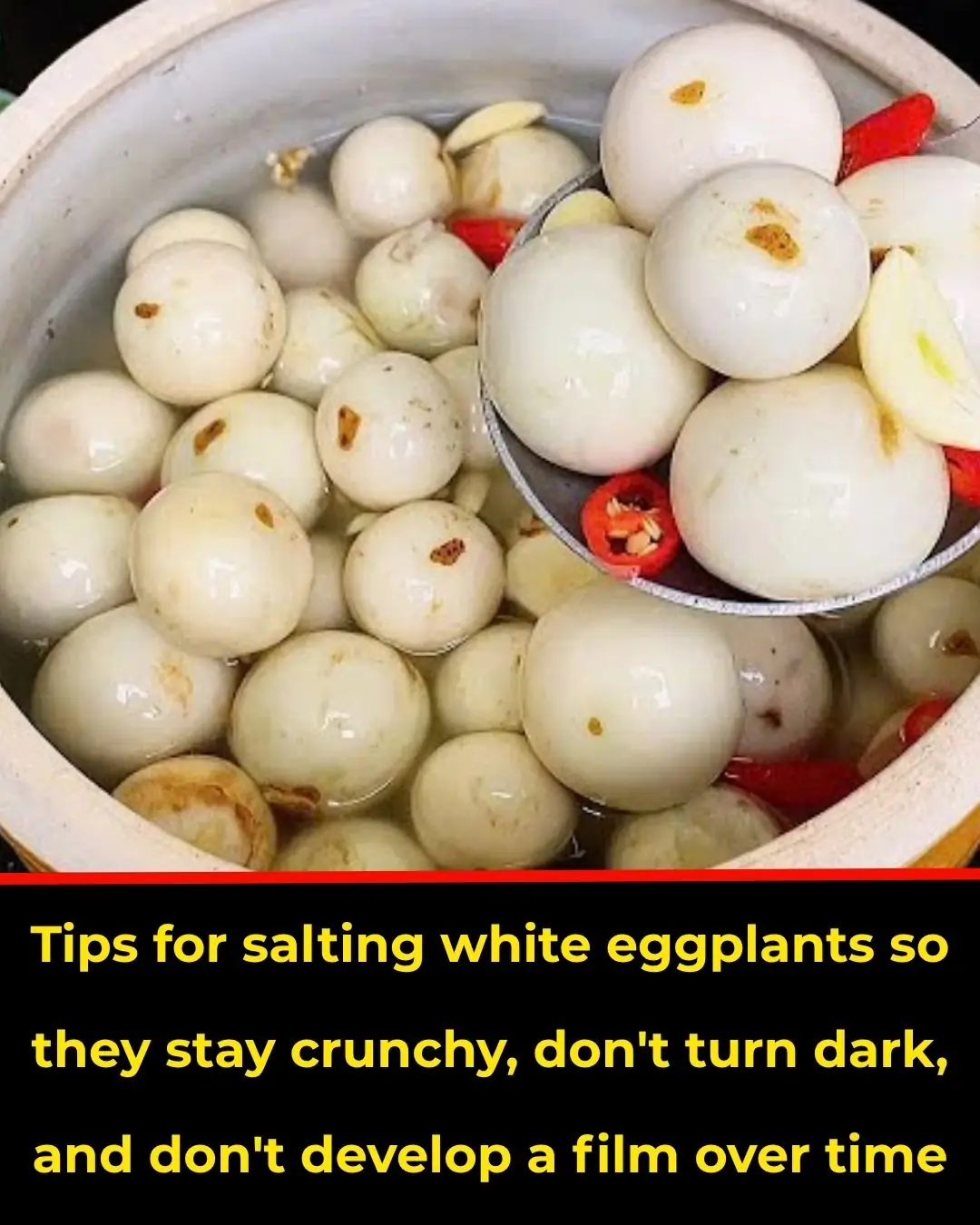
Tips for salting white eggplants so they stay crunchy, don't turn black, and don't develop mold over time
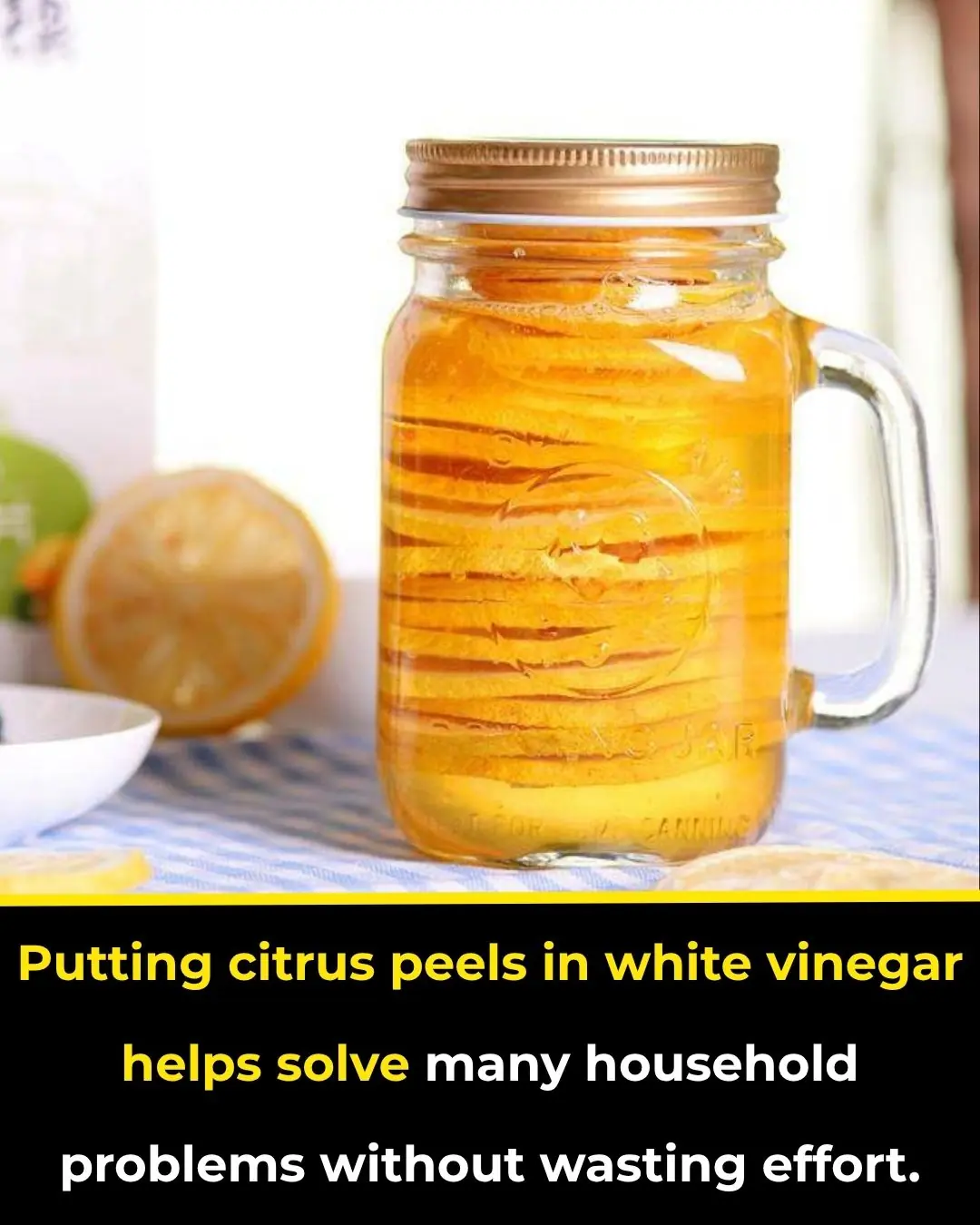
Putting citrus peels in white vinegar helps solve many household problems without wasting effort.

The whole world values this type of fruit even more than cordyceps; Vietnam has plenty of it, but no one knows to eat it.
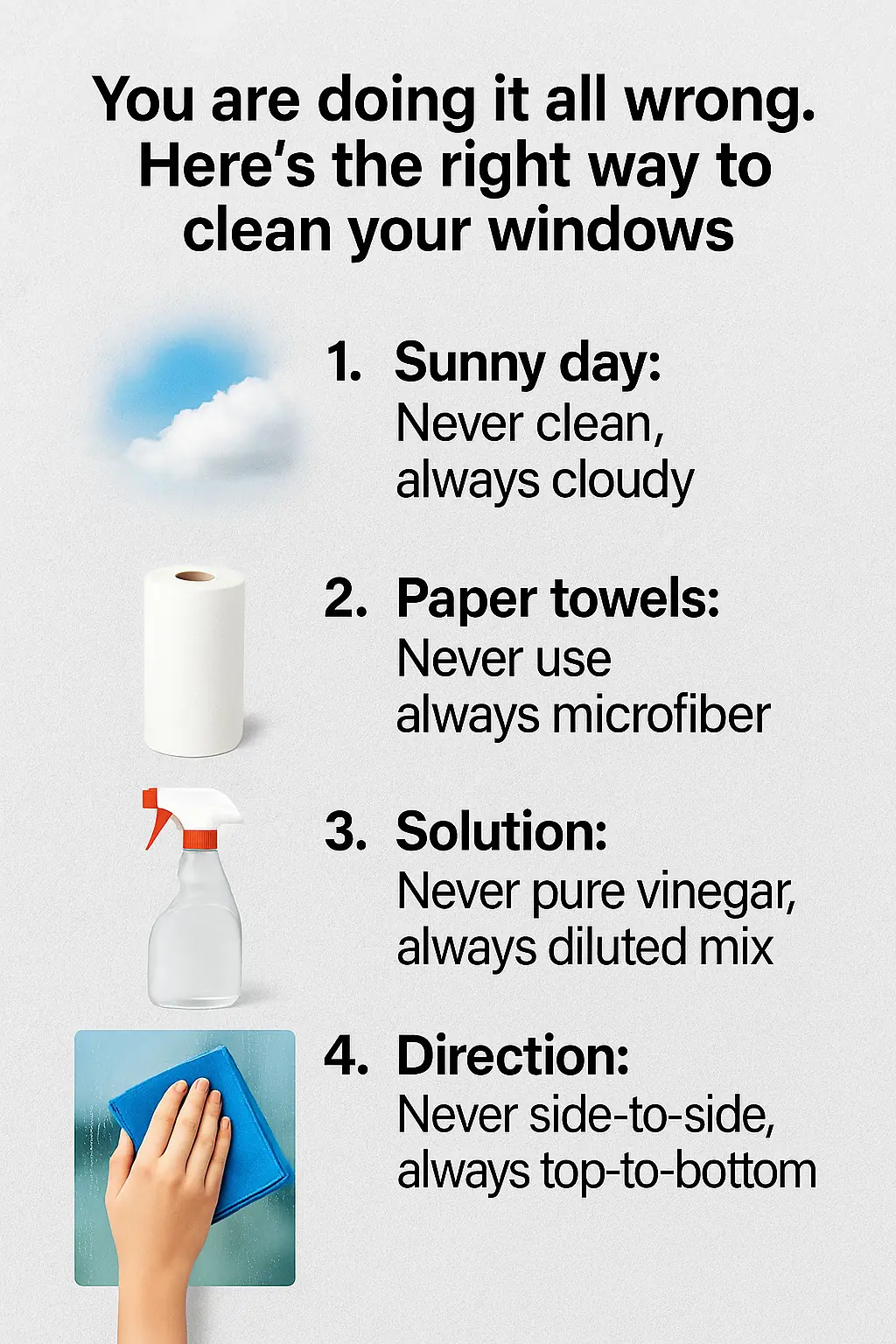
You are doing it all wrong. Here's the right way to clean your windows
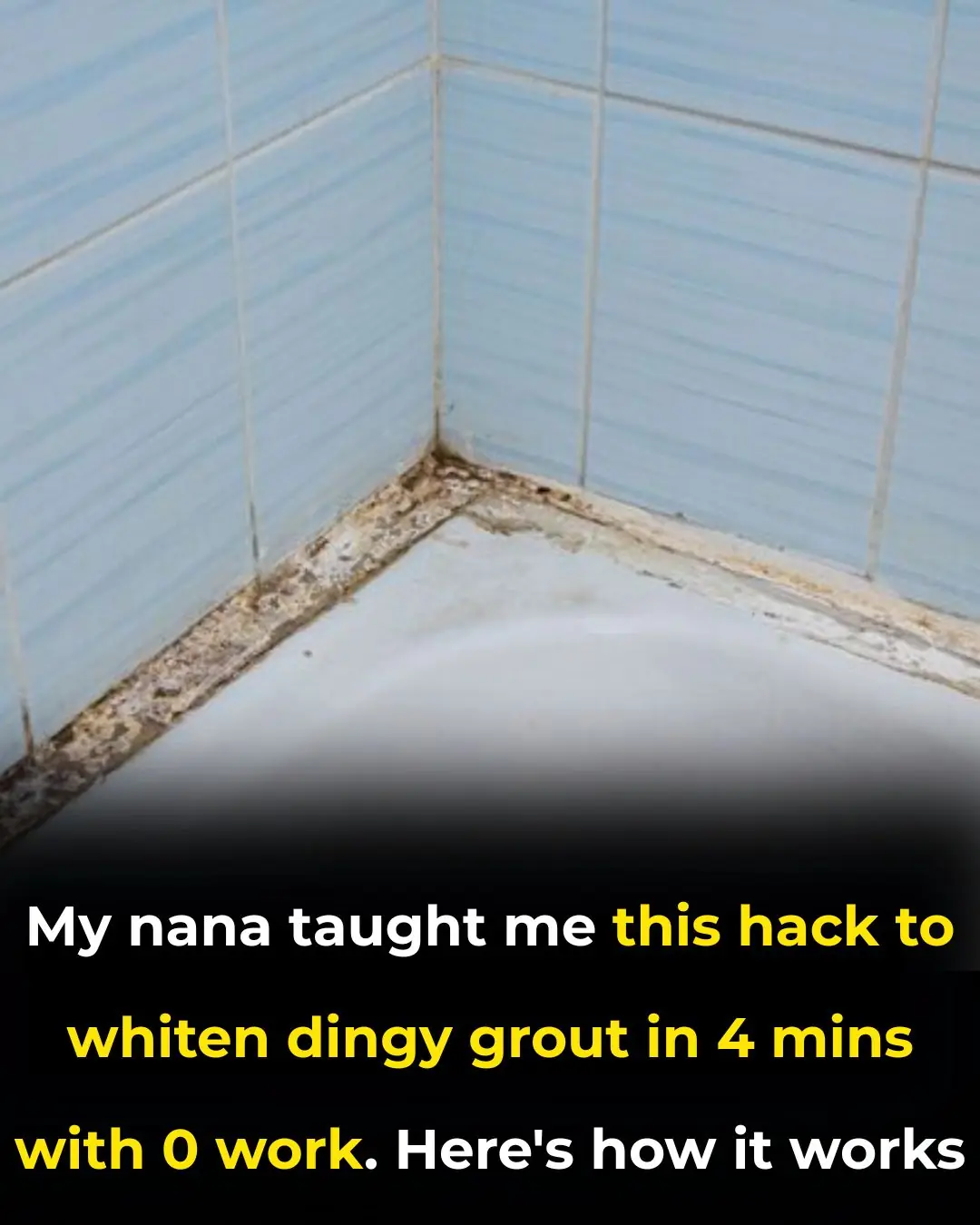
My nana taught me this hack to whiten dingy grout in 4 mins with 0 work. Here’s how it works
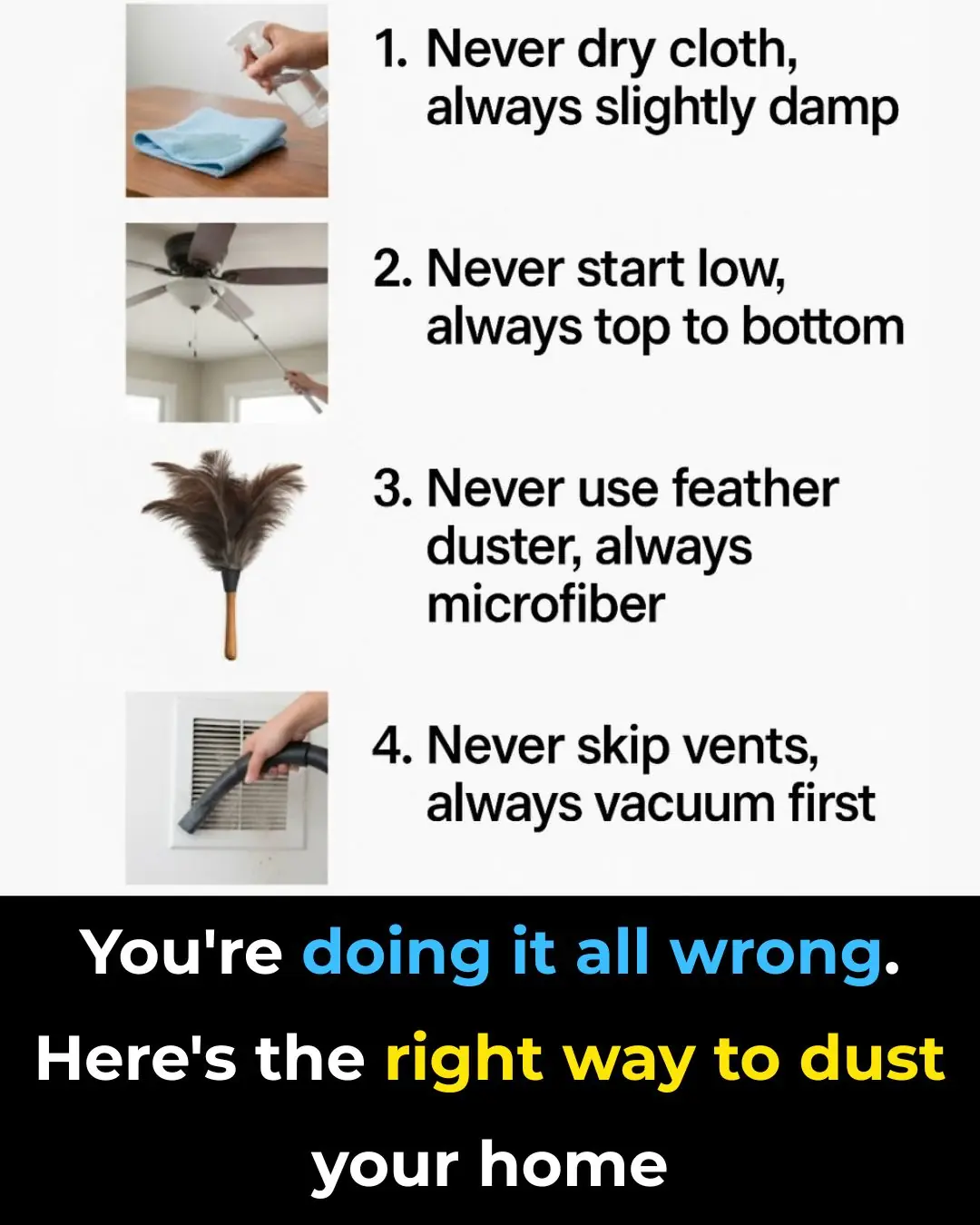
You’re doing it all wrong. Here’s the right way to dust your home
News Post

Garlic Mustard: The Overlooked Herb That Can Boost Your Health — Especially Your Eyes

SHOCKING NEW STUDY REVEALS WHAT MIGHT BE SILENTLY DESTROYING HUMAN FERTILITY
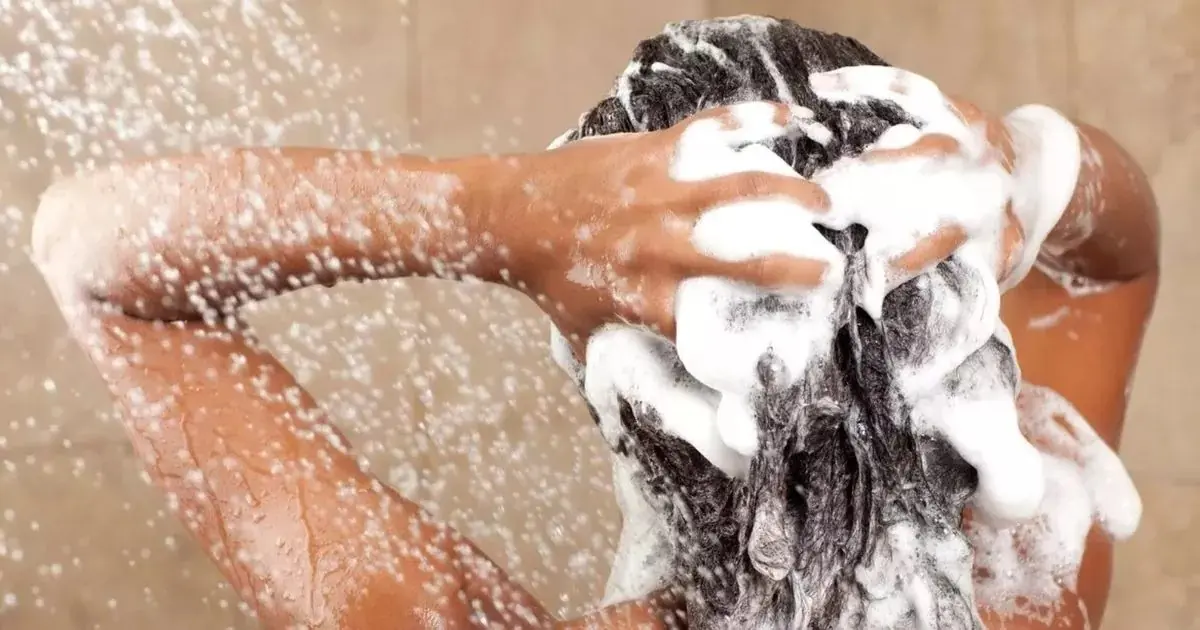
POPULAR SHAMPOO URGENTLY RECALLED BECAUSE IT CONTAINS BACTERIA THAT KILLS UP TO ONE IN TEN PATIENTS

How to Store Chili Peppers So They Stay Fresh, Juicy, and Flavorful for Months

Nurse who's witnessed 'so many deaths' explains spine-chilling moment she realised 'what happens after we die'

You’re doing it all wrong. Here’s the right way to store eggs

The influenza flu virus is being used to cure pancreatic cancer

The reasons why public toilet doors don't touch the ground.

Eye Doctor Reveals What To Do If You Start Seeing ‘Floaters’

The Baby Hippo Who Just Wanted to Be Left Alone.

The Chimpanzee and the Lion Cub: A Love Beyond Species.
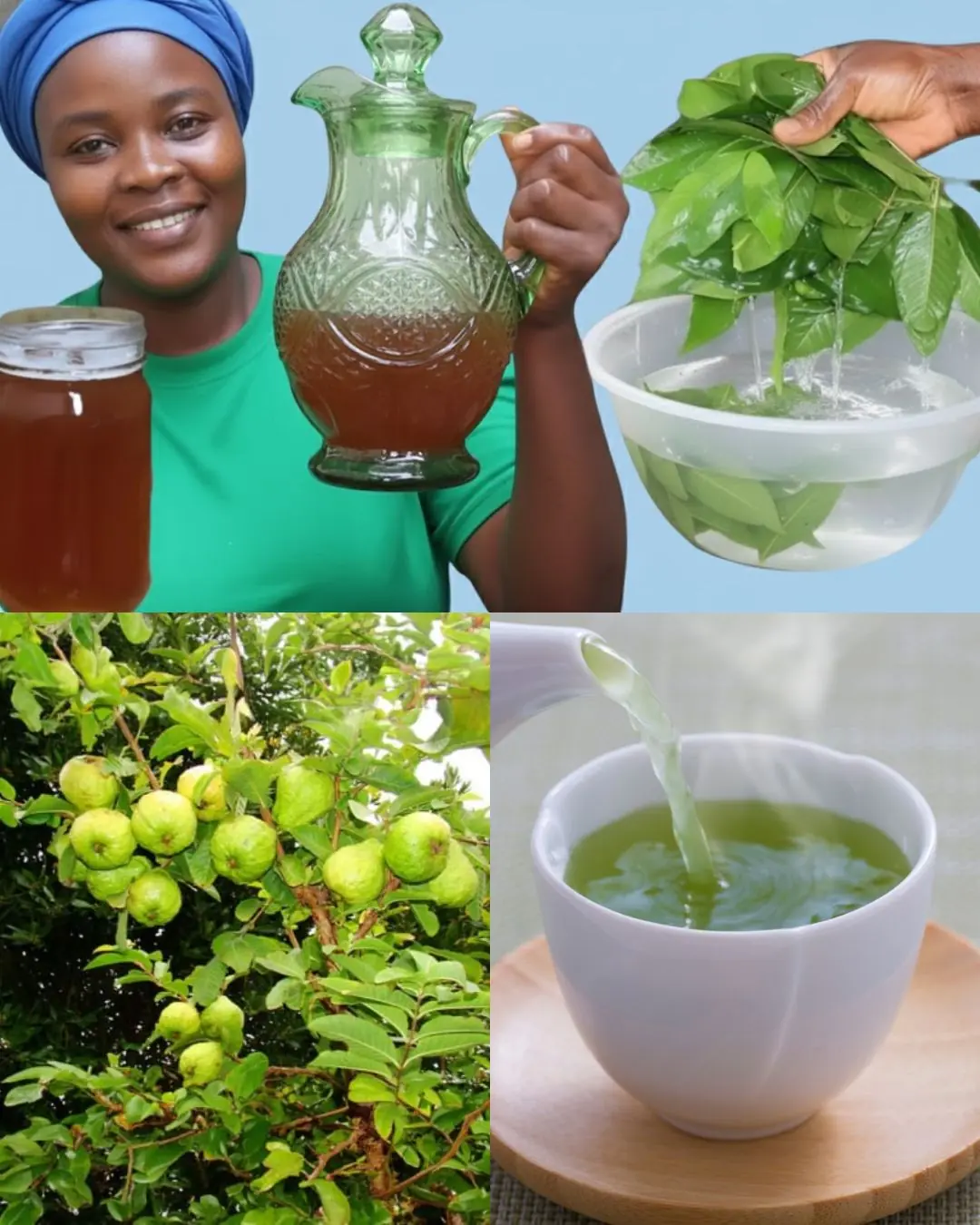
🍃 17 Reasons to Drink Guava Leaf Tea Twice a Week

If cancer cells are present in the body, these 3 symptoms often appear in the morning everyone should pay attention

The Night the Bear Knocked at the Door.
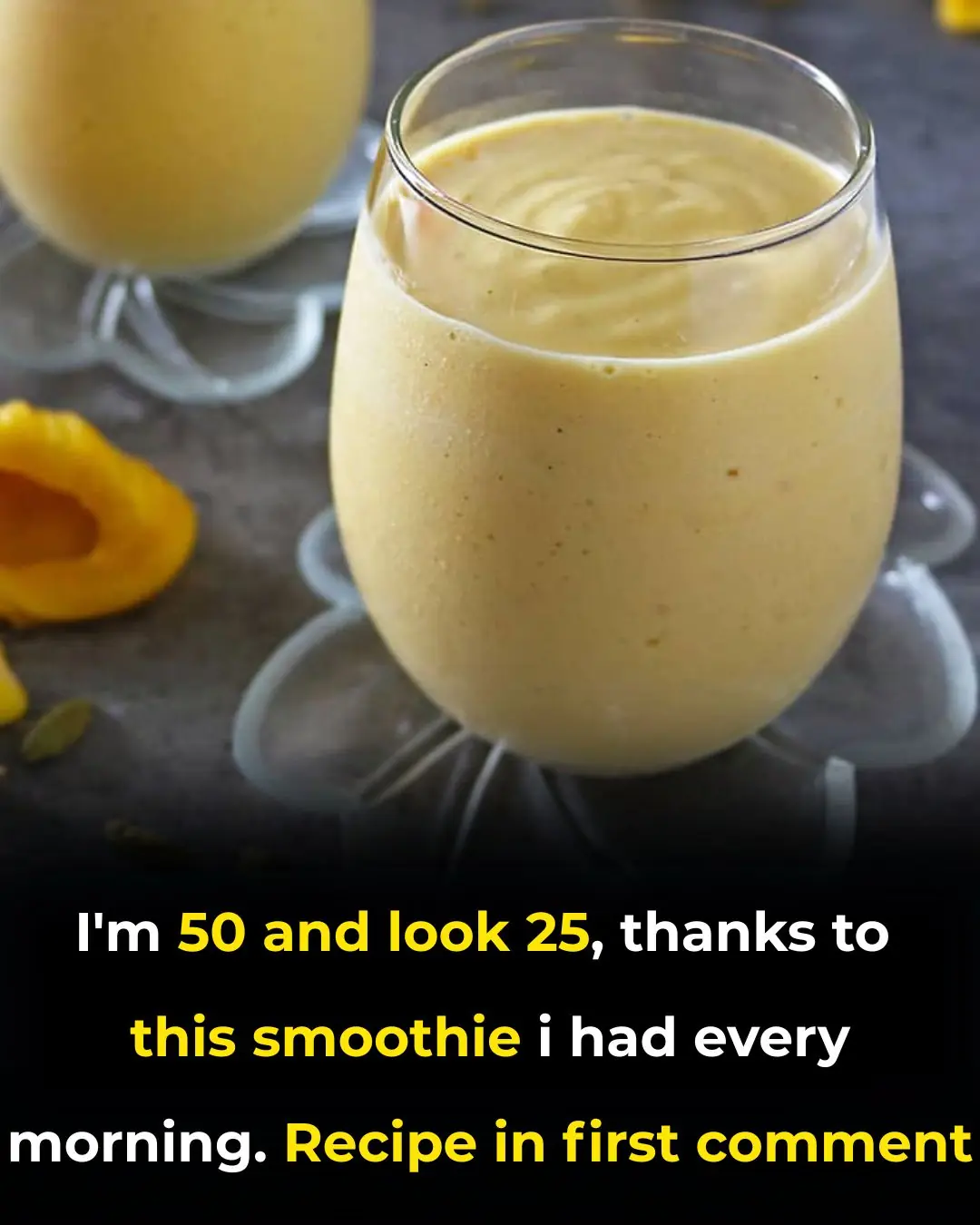
🥤 The Rejuvenating Smoothie That Makes You Look 20 Years Younger 🌿

A Love That Shaped a Legend: Robert Redford and Lola Van Wagenen.

Firefighter’s Final Rescue Saves Ten Souls

Rex: The Police Dog Who Gave His Life to Protect His Best Friend

3 foods you thought were bad for diabetes (but aren’t!)
